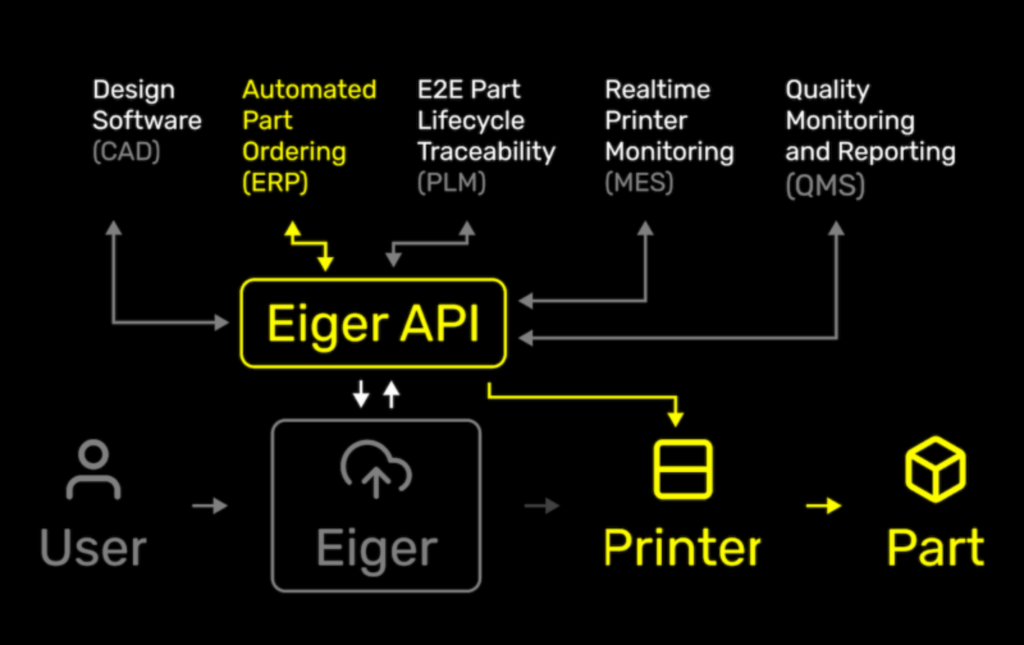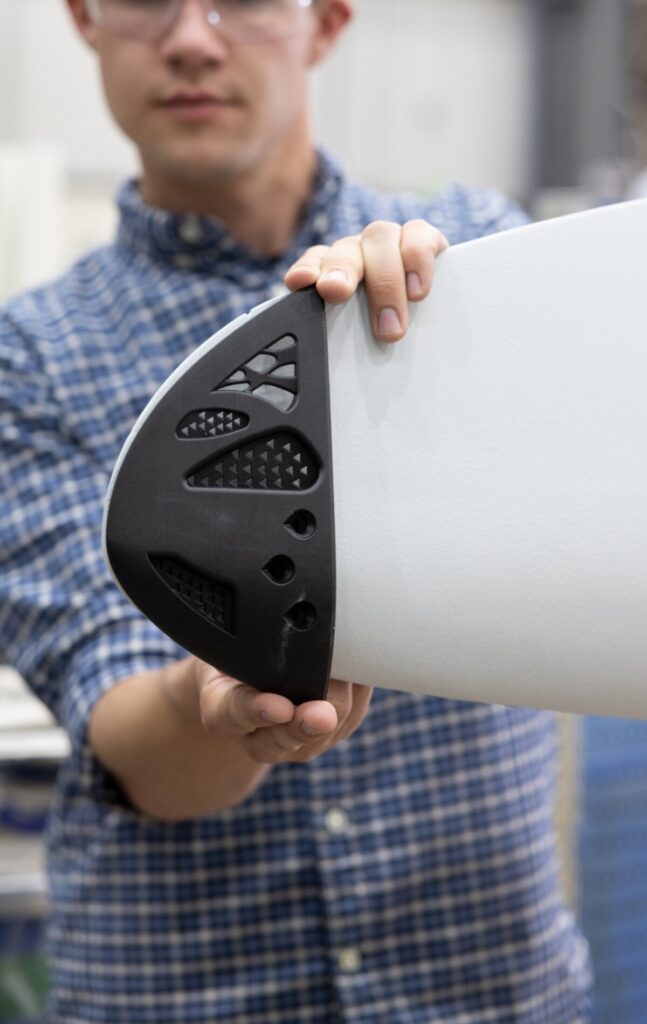As the additive manufacturing (AM) sector has accelerated its shift into scale-up mode, the increased activity has simultaneously catalyzed an AM info boom. Still, much of the publicly available data largely entails the findings and opinions of industry insiders, which can limit its potential usefulness from a marketing standpoint.
This starts to highlight the significance of a just-released survey on consumer preferences related to 3D printing and supply chain issues, commissioned by Markforged. (For reference, concerning all timeframes mentioned in the questions, the survey was completed May 12, 2023.)
While news cycles haven’t been quite as saturated with supply chain issues as they were throughout 2020-2022, the underlying problems still remain largely unabated. Meanwhile, even just in the last couple of weeks, the trajectory of geopolitical tensions has pushed concerns about supplies for commodities such as critical minerals back to the forefront, indicating that the next wave of increased public awareness of reshoring is upon us.

Unsurprisingly, then, a slight majority of consumers surveyed — 52 percent — said they’ve “experienced delays in the delivery of products [they] ordered online in the past 6 months”. Similarly, 53 percent of respondents said they’ve “had difficulty finding specific products”, both in stores and shopping online, compared to 38 percent who said they hadn’t (9 percent weren’t sure).
I was surprised at the number of consumers who said they’d used 3D printing technology to create an object at home: 22 percent, which, while it is still far in the minority, also seems like a rather large proportion for a randomly selected population. Additionally, while 51 percent of individuals surveyed said they hadn’t heard of 3D printing “being used to address supply chain issues”, the fact that 39 percent said they had heard of its use in that context reveals that we could be reaching a tipping point in terms of general perception of the relationship between AM and supply chain resilience.
This sets the stage for what I think are the most valuable insights gleaned from the survey: those related to reshoring (the survey uses the term “onshoring”), and consumer support for greater investment in 3D printing by both the public and private spheres. First off, 68 percent of respondents said they believe reshoring “is important for easing supply chain issues”, with only 10 percent saying they don’t think it’s important. Further, 43 percent said they think 3D printing could be a useful tool in solving long-term supply chain issues, while only 18 percent disagreed.

Reinforcing this evidence of support for using AM as part of a supply chain resilience strategy, in particular, a clear majority of consumers — 56 percent — said they believe “that governments and businesses should invest more in 3D printing technology to address supply chain issues”, against only 14 percent answering negatively. Finally, when asked if “the US has done enough since the pandemic” to reshore supply chains, only 24 percent said the American reshoring effort has been sufficient, while 53 percent said it hasn’t.
Clearly, the reason why these specific responses are so critical at present juncture has to do with the vast opportunities for public funding for AM companies that are now filtering into the sector on a more or less daily basis. While the money has been made available regardless of what the public thinks about it, the government procurement process is a marathon, not a sprint. That is, since success will have to happen in gradual form for the funding to truly make an impact, public understanding and support for the purposes of the allocated sums will be increasingly important going forward, in order for everyone involved to be confident in doubling down on the overarching strategy.
Moreover, while the buildup of AM and the reshoring of supply chains are overlapping developments, they are certainly not 1:1 equivalents, especially this early on in both processes. However much anyone may believe that reshoring is the best use of AM and that AM is one of the most important technologies for successful reshoring, both of those things will remain beliefs until they’ve been proven. And, that potential won’t even have the ability to be adequately tested unless sufficient numbers of consumers understand and favor the efforts required to make AM-driven reshoring a reality. It seems like a more realistic possibility than ever, so it is now on those working in AM to make their case to the public about why that would be a win for everyone, and not just those in the sector, itself.
Featured image courtesy of Dynata via Markforged
Subscribe to Our Email Newsletter
Stay up-to-date on all the latest news from the 3D printing industry and receive information and offers from third party vendors.
Print Services
Upload your 3D Models and get them printed quickly and efficiently.
You May Also Like
Heating Up: 3D Systems’ Scott Green Discusses 3D Printing’s Potential in the Data Center Industry
The relentless rise of NVIDIA, the steadily increasing pledges of major private and public investments in national infrastructure projects around the world, and the general cultural obsession with AI have...
Formlabs Teams Up with DMG MORI in Japan
In late June, Nick Graham, Chief Revenue Officer at Formlabs, announced on LinkedIn that the company had partnered with DMG MORI, one of the world’s leading machine tool companies, to...
EOS in India: AM’s Rising Star
EOS is doubling down on India. With a growing base of aerospace startups, new government policies, and a massive engineering workforce, India is quickly becoming one of the most important...
3D Printing News Briefs, June 25, 2025: R&D Materials, 3D Printed Veneers, & More
In today’s 3D Printing News Briefs, 3DXTECH has launched a program that gives customers early access to experimental materials, and the first Lithoz CeraFab Multi 2M30 in the Czech Republic...



































